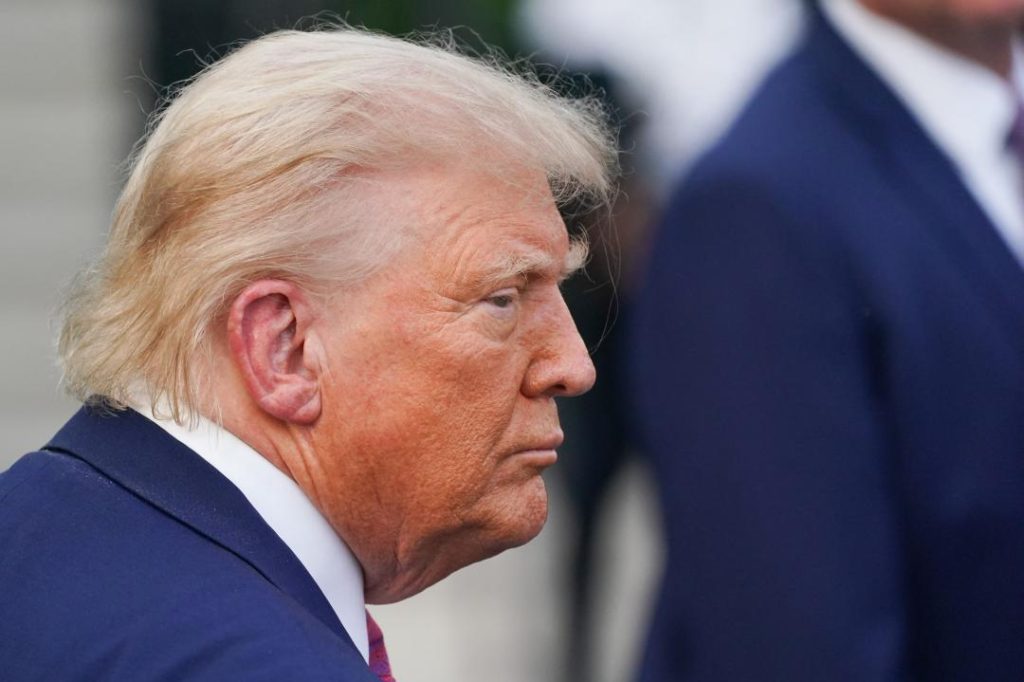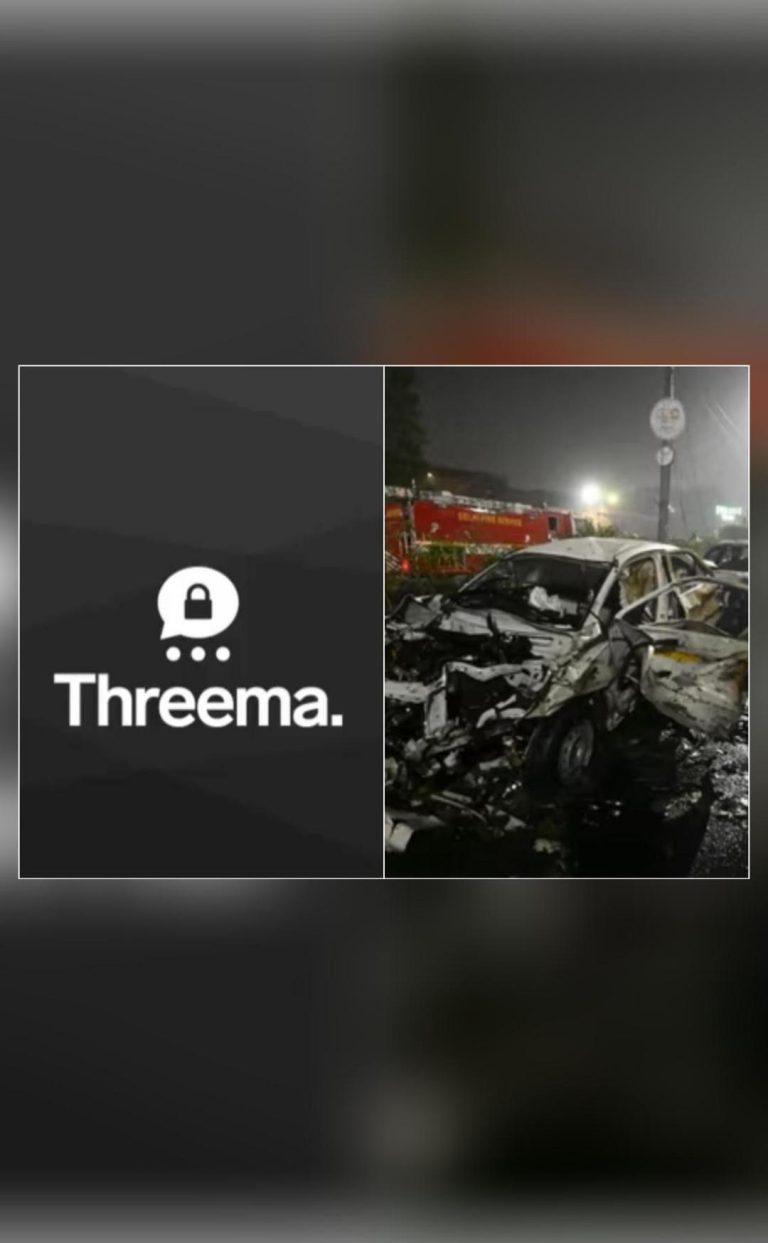
Why Trump Attacked Iran in 2 Days After Giving a 2-Week Window?
The recent escalation of tensions between the United States and Iran has left the world wondering about the motives behind US President Donald Trump’s decision to attack Iran’s nuclear sites just two days after giving a two-week window. The attack, which killed several people and damaged key infrastructure, has raised questions about the Trump administration’s strategy and its commitment to diplomatic solutions.
In a surprising turn of events, Trump had initially announced that he would decide within two weeks on whether to attack Iran in response to the country’s alleged involvement in a drone attack that killed an American contractor. However, just two days later, the US launched a series of airstrikes against Iran’s three nuclear sites, including the Natanz nuclear facility and the Fordow fuel enrichment plant.
The sudden change in plans has sparked debate about the Trump administration’s decision-making process and its willingness to engage in diplomatic efforts. According to reports, Trump had sought to arrange talks with Iran through Turkish President Recep Tayyip Erdoğan, who had been trying to mediate a dialogue between the two countries. However, the talks couldn’t go through after Iran’s Supreme Leader, Ali Khamenei, went into hiding over fears of assassination.
So, why did Trump attack Iran in 2 days after giving a 2-week window? There are several possible explanations for the sudden change in plans.
One possible reason is that Trump’s initial announcement was a strategic ploy to put pressure on Iran and its allies. By giving a two-week window, Trump may have been trying to create a sense of uncertainty and anxiety among Iran’s leaders, hoping that they would back down or make concessions. However, the attack just two days later suggests that this strategy may have been abandoned in favor of a more aggressive approach.
Another possible explanation is that the attack was a response to new intelligence or a change in the situation on the ground. According to reports, the US had received new intelligence suggesting that Iran was preparing to launch a retaliatory attack against American interests in the region. This could have led Trump to decide that a swift and decisive response was necessary to protect American lives and interests.
It’s also possible that Trump’s decision was influenced by domestic political considerations. With the 2020 presidential election just around the corner, Trump may have seen the attack as an opportunity to demonstrate his toughness and willingness to take bold action against America’s enemies. By striking Iran, Trump may have been trying to appeal to his conservative base and show that he is a strong and decisive leader.
Despite the uncertainty surrounding the attack, one thing is clear: the situation in the Middle East has become increasingly volatile and dangerous. The US and Iran have been locked in a cycle of escalation and counter-escalation, with both sides showing no signs of backing down. The attack on Iran’s nuclear sites has raised the stakes and increased the risk of further conflict.
As the world watches, the situation unfold, it’s important to remember that the consequences of military action can be severe and far-reaching. The attack on Iran’s nuclear sites has already had serious implications for the global economy and could lead to a broader conflict in the region.
In conclusion, the attack on Iran’s nuclear sites just two days after giving a two-week window has left many questions unanswered. While the motivations behind the attack are unclear, one thing is certain: the situation in the Middle East is becoming increasingly volatile and dangerous. As the world watches, it’s essential to remember that the consequences of military action can be severe and far-reaching.
Source:






